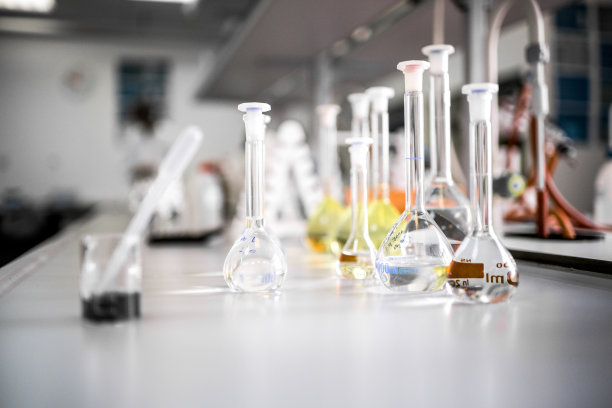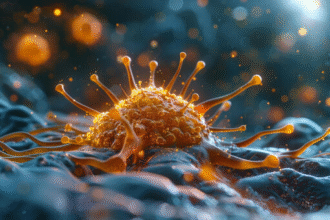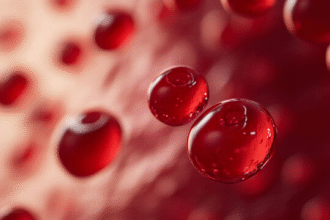Biopharmaceuticals
Biopharmaceuticals leverage mammalian cells as bioreactors to produce pharmaceutical proteins, revolutionizing the pharmaceutical industry. Modern biotechnology, through genetic and cell engineering, has enabled the development of stable and efficient expression systems for industrial production.
Key Points
- Biopharmaceuticals utilize mammalian cells and animal mammary glands for protein production.
- Genetic and cell engineering are central to modern biopharmaceutical advancements.
- Applications span medical products, vaccines, tissue repair, and nutritional supplements.
- Biotechnology enhances drug production processes, yields, and screening methods.
Foundations of Biopharmaceuticals
- Mammalian cell bioreactors:
- Use of mammalian cells to produce pharmaceutical proteins.
- Focus on developing stable and efficient expression systems.
- Animal mammary gland bioreactors:
- Production of high-value proteins in animal milk.
- First-generation products: Blood-derived medical products.
- Second-generation products: Antibodies, hormones, cytokines, vaccines, and more.
- Genetic engineering:
- Alteration of metabolic pathways by introducing or modifying genes.
- Enhances strain development for fermentation and drug production.
- Cell engineering:
- Techniques like protoplast fusion to improve cell functionality.
Applications of Biopharmaceuticals
Medical Products
- Pharmaceutical proteins:
- Production of therapeutic proteins for various medical conditions.
- Examples: Insulin, monoclonal antibodies, clotting factors.
- Tissue repair products:
- Proteins for wound healing and regenerative medicine.
Vaccines and Therapeutics
- Vaccines:
- Development of recombinant vaccines for infectious diseases.
- Examples: Hepatitis B, HPV, and COVID-19 vaccines.
- Cytokines and hormones:
- Production of signaling molecules for immune modulation and therapy.
Nutritional and Industrial Applications
- Nutritional supplements:
- Enrichment of foods with high-value proteins.
- Industrial enzymes:
- Use in biofuels, detergents, and food processing.
Biotechnology in Drug Development
- Antibiotics and vitamins:
- Improved bacterial strains for fermentation production.
- Enhanced yields and altered compositions for better efficacy.
- New drug screening:
- Advanced methods for identifying novel compounds.
- Process optimization:
- Streamlined production processes for cost-effective drug manufacturing.
Challenges and Future Directions
- Challenges:
- Scaling up biopharmaceutical production for industrial use.
- Ensuring product stability and consistency.
- Addressing ethical concerns in genetic modifications.
- Future directions:
- Advances in synthetic biology for custom protein design.
- Integration of AI for optimizing production processes.
- Expansion of biopharmaceutical applications to rare and complex diseases.
Patient and Public Education
- Promote awareness of the benefits and safety of biopharmaceuticals.
- Encourage discussions on ethical and societal implications.
- Highlight the transformative impact of biotechnology on healthcare.
Biopharmaceuticals are at the forefront of modern medicine, offering innovative solutions for disease treatment and prevention, and reshaping the pharmaceutical landscape with cutting-edge biotechnology.







